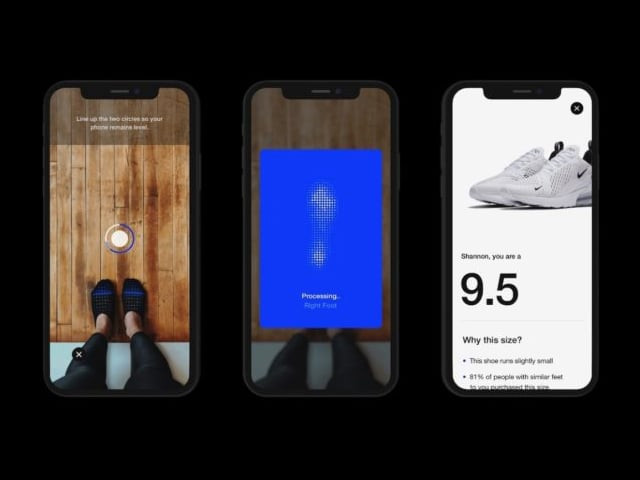Nike's free workout apps are key to its high-end pricing strategy
Nike’s workout apps gather additional data on purchasing habits and personal information of tens of millions of people

With consumers under lockdown logging into Nike’s workout apps and a digital store, the Beaverton, Oregon-based company has been able to gather additional data on purchasing habits, personal information, and exercise routines of tens of millions of people.
Between January and November this year, the Nike Run Club app was downloaded 15.4 million times around the world, up 45.3% versus the same period in 2019, according to data firm Sensor Tower. The Nike SNKRS online store app was downloaded 59.5% times more than last year.
Through its apps, Nike has information ranging from people’s height and weight to locations and browsing habits. Nike can tap into these details to craft ads and attract customers, three investors in Nike and several analysts said.
Nike did not immediately respond to a request for comment about how it uses app data.
WhatsApp will stop working on some iPhones, Android phones in 2021
At a Morgan Stanley conference in November, Nike Chief Financial Officer Matt Friend said the retailer added about 55 million new customers to its member database this year.
The company’s practices generally seem to be in line with those of other retailers with advanced e-commerce operations, according to lawyers who advise retailers on how they can use consumer data.
Nike, however, has a “significant advantage” over rivals because of its workout apps. It likely has several scientists using the data to see if shoppers will tolerate higher prices, said Mary Hildebrand, who heads law firm Lowenstein Sandler’s privacy and cybersecurity practice.
The world’s biggest sportswear company has recently launched pricey sneakers like some Nike Adapt BB 2.0s that sell for $400, or low-top Dior Air Jordan 1s that cost about $2,000. Nike has also spent on technology to make products like its lightweight, roughly $220 Nike Air VaporMax 2020 Flyknits that use recycled polyester yarn.
“Early in the pandemic, Nike made in-app workouts for its Nike Training Club app free. This was a masterstroke ... They know everything - exactly what you’re searching, where you live, what your credit card details are, how much you’re willing to pay,” said Michael Faherty, a portfolio manager at Nike investor Seilern Investment Management.
“I absolutely think that this increased visibility gives them more pricing power,” Faherty said.
Nike has also this year increased prices of older styles, like the Air Force 1 ‘07 and Air VaporMax Plus, which ran in November for $109.19 and $198.24 respectively, according to StyleSage, which scraped data from Nike’s website.
Alibaba unit develops facial recognition tech to identify Uighur people
On Friday, Nike is expected to report a 2.2% increase in second-quarter sales, boosted by another sharp increase in digital sales. Ramiz Chelat, a portfolio manager at Nike investor Vontobel Asset Management, said new products in Nike’s Air Zoom line, for instance, were priced at a premium – roughly $200 in some cases - that is driving gross margins.
When signing up for the Nike Run Club app, iPhone users have the option to sync their account with their Apple Health app to “keep close track of all your fitness data.”
Users need to provide information like gender, height, and weight before the app allows them to sign up for “guided runs” or “five-minute runs.” Information like this can help gauge customer demand – for instance, knowing that more women are watching a particular workout means Nike may also know what products to place in that video.
In September, a Reuters analysis of a varied basket of goods, including Nike Air Maxes, showed that the company was able to discount less this year.



















COMMENTS
Comments are moderated and generally will be posted if they are on-topic and not abusive.
For more information, please see our Comments FAQ